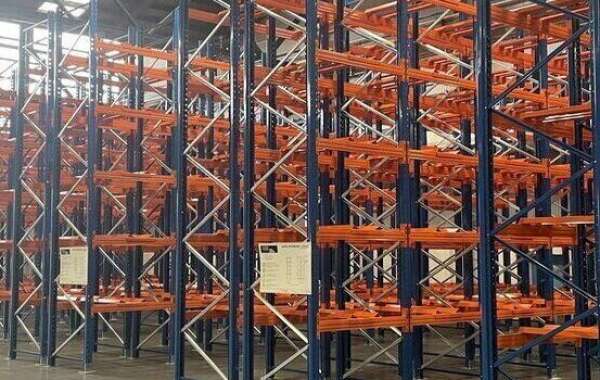Hello, I’m Rosalie Newman, a passionate writer focused on providing valuable insights for businesses. In this blog, I will discuss how to optimise your racking system for retail and wholesale warehouses. Efficient racking systems are crucial for enhancing productivity, safety, and space utilisation. By the end of this post, you'll have practical tips to implement and reasons to choose Pallet Racking Solutions for your racking needs.
Understanding Your Warehouse Needs
Firstly, it is essential to assess the specific needs of your warehouse. Every business has unique requirements based on the type of goods stored, the frequency of inventory turnover, and available space.
- Inventory Type: Different products require different types of racking. For instance, perishable items might need a different system compared to heavy machinery parts.
- Space Utilisation: Maximise the vertical space to ensure you are making the most of your warehouse's capacity. This reduces clutter and improves access.
By understanding these aspects, you can choose the most suitable racking system that aligns with your operational needs.
Planning Your Racking Layout
Once you have identified your needs, the next step is to plan the layout of your racking system. An efficient layout enhances accessibility and workflow, reducing the time spent locating and retrieving items.
- Aisle Width: Ensure the aisles are wide enough for forklifts and other equipment to move freely. This not only improves efficiency but also safety.
- Flow Design: Design your layout to support the natural flow of goods through your warehouse. This might include designating specific areas for inbound and outbound goods to streamline operations.
A well-thought-out layout minimises bottlenecks and enhances overall productivity.
Choosing the Right Racking System
The type of racking system you choose plays a critical role in optimisation. Several options are available, each suited to different needs.
- Selective Racking: Ideal for warehouses that need easy access to all products at all times. This system is versatile and straightforward.
- Drive-In Racking: Best for high-density storage where the same type of product is stored. It allows forklifts to drive directly into the rack.
- Pallet Flow Racking: Suitable for FIFO (first-in, first-out) inventory management, this system uses a gravity flow mechanism for smooth product rotation.
Ensuring Safety and Compliance
Safety should be a top priority when installing and maintaining your warehouse racking system. Proper installation and regular inspections are crucial to prevent accidents and comply with safety standards.
- Regular Inspections: Conduct routine checks to identify and address any damage or wear and tear. This helps in maintaining the integrity of the racking system.
- Load Limits: Adhere to the specified load limits to avoid overloading and potential collapse. Clearly label the load limits on each rack for easy reference.
Choosing a reliable provider like Pallet Racking Solutions ensures your warehouse shelving system installation meets all safety and compliance requirements.
Maintaining and Upgrading Your System
Maintenance is key to the longevity and efficiency of your racking system. Regular maintenance checks and timely upgrades can prevent major issues and extend the life of your system.
- Preventive Maintenance: Schedule regular maintenance to check for loose bolts, damaged components, and signs of wear.
- System Upgrades: As your business grows, your racking needs might change. Upgrading your racking system to accommodate more products or improve accessibility can enhance efficiency.
For a seamless maintenance and upgrade process, rely on the expertise of Pallet Racking Solutions.






